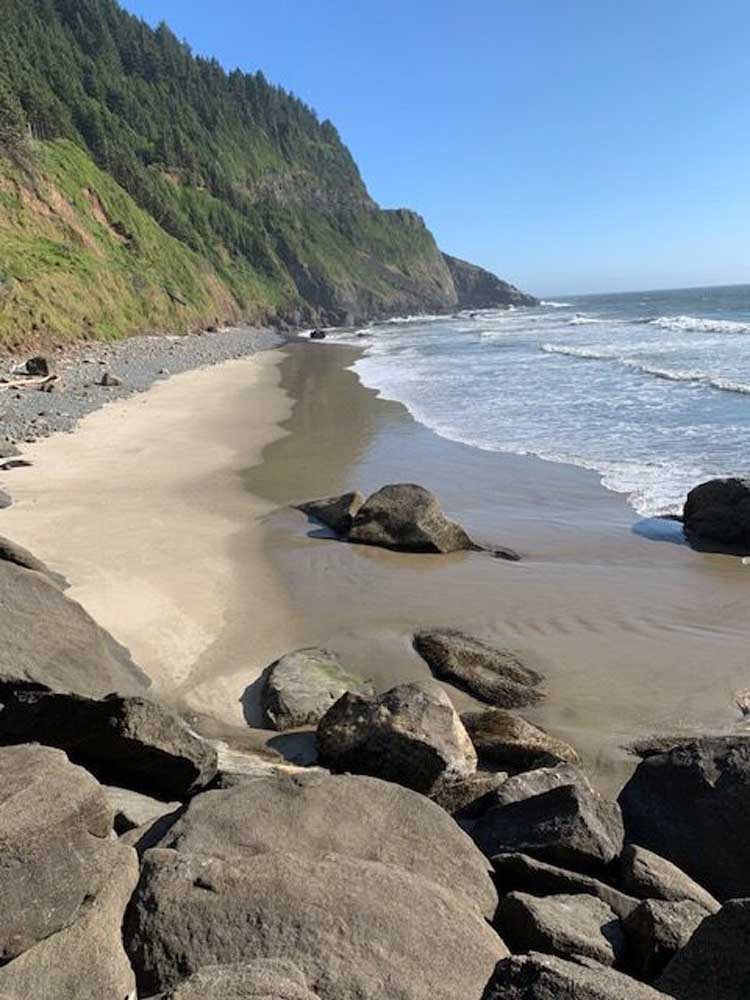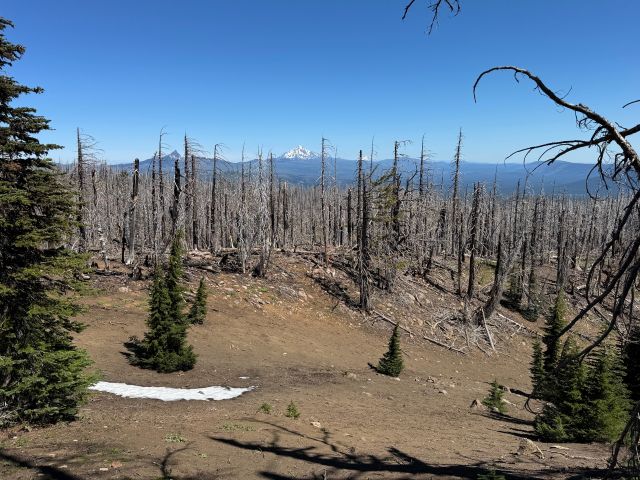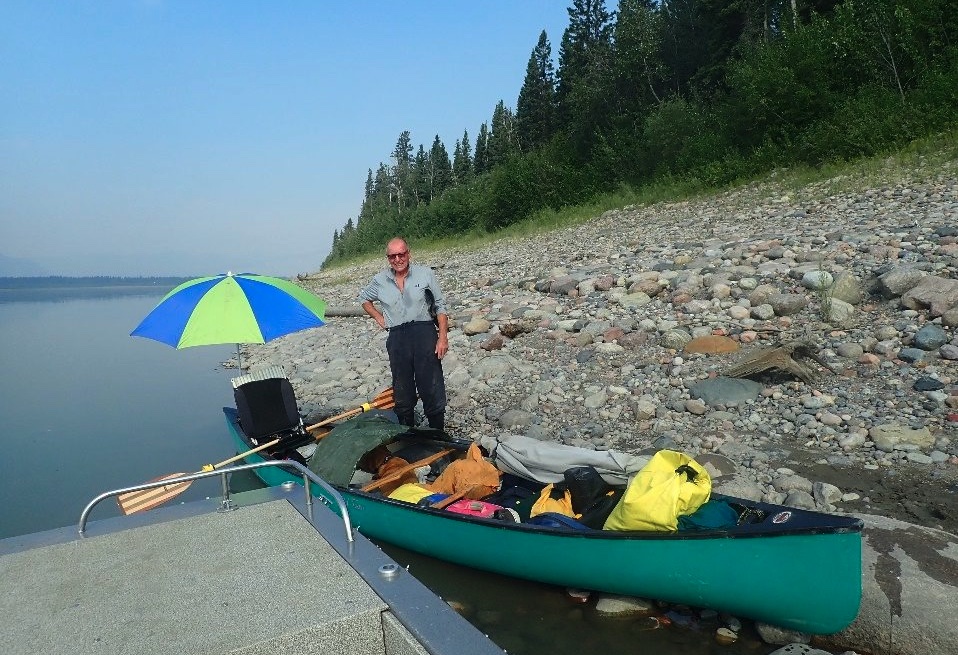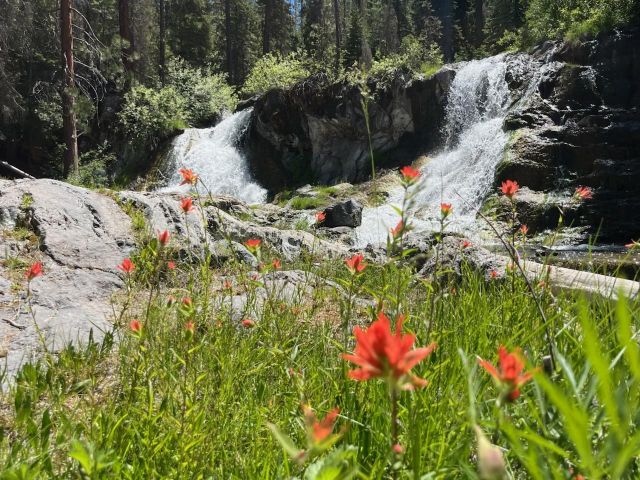Guest column: Central coast provides year-round outdoor adventures
Published 5:00 am Thursday, November 21, 2024

- A beach on the Oregon coast.
I’ve lived in Central Oregon for much of my life, but there’s no hiding the fact that I love the Oregon coast. I try to make a coast trip a few times a year, but deciding which portion of the coast to visit is always a difficult task. From Ecola State Park and Cannon Beach on the north end to the Samuel H. Boardman State Scenic Corridor to the south, there are plenty of must-see sites throughout the 360 miles of Highway 101 along Oregon’s coastline.
Perhaps my favorite section to explore, however, is the 50-mile stretch between the towns of Florence and Newport on the central coast. Here, you will find sweeping views of the Pacific, historic lighthouses, lofty sea stacks, hidden coves and beaches, incredible wildlife viewing, and miles of trails leading through the ancient temperate rainforests of the Siuslaw National Forest.
Trending
Further, winter is a great time to visit this area as the crowds are fewer, snow and winter conditions are milder than in other parts of the state, and gray whales become visible from shore as they begin their migration south. Heading north from Florence and ending in Newport, here are a few stops along the way to experience all of the central coast’s natural splendor.
Heceta Head
Perched on a rugged headland high above the crashing waves of the Pacific, Heceta Head Lighthouse has been guiding ships along the central Oregon coast since it was built in 1894. Visitors can stroll the grounds and even stay the night at the lightkeeper’s house, which has been turned into a quaint bed and breakfast.
If you are looking to stretch your legs a bit more, take the 4-mile out-and-back trail from the lighthouse to Hobbit Beach. This trail climbs the slopes above the lighthouse, winding through a dark forest dominated by Sitka spruce, before descending towards the beach on the north side of the headland.
Cape Perpetua Scenic Area
Several trail options are available from the Cape Perpetua visitor center leading to spectacular tide pools, the famous Thor’s Well, scenic overlooks, and enchanting old-growth forests.
Trending
Hike the 6.4-mile Gwynn Creek Loop to ditch the crowds that are often present on sunny weekends. This loop begins on the Discovery Loop behind the visitor center and steadily climbs Cooks Ridge–which divides the Gwynn Creek and Cape Creek drainages–through a forest of spruce, western hemlock, and Douglas fir with layers of mosses, ferns, and huckleberries in the understory.
Make sure to stop now and then to take in the view of the ocean behind you!
As the trail drops down towards Gwynn Creek, the trees begin to get larger with some truly massive spruce and Douglas-firs towering overhead. The Gwynn Creek Trail eventually meets the Oregon Coast Trail and loops back to the visitor center.
Both Gwynn Creek and nearby Cape Creek are included in the River Democracy Act, a bill introduced into Congress by Senators Ron Wyden and Jeff Merkley that would protect thousands of miles of new Wild & Scenic Rivers across the state for important values such as fish and wildlife habitat, outdoor recreation, and clean drinking water. While walking through the woods and admiring the views and sounds of wildlife, it’s easy to see why this area is deserving of protection. Wild and scenic, indeed.
Rock Creek, Cummins Creek and Drift Creek Wilderness areas
Three designated Wilderness areas are found along this section of the coast–Rock Creek, Cummins Creek, and Drift Creek. These protected areas represent some of the last remaining large blocks of intact ancient forests in the Coast Range, where much of the old growth has been devastated by past and present logging activities.
Thanks to the advocacy of Oregon Wild and other grassroots conservation organizations, these three critically important forest ecosystems were included in the Oregon Wilderness Act of 1984 and spared from development and the chainsaw. This 1984 Act is still Oregon’s largest-ever expansion of protected Wilderness–a national designation that safeguards small subsets of public lands for the permanent protection of nature.
While the Rock Creek Wilderness has no developed trails or trailheads, the Drift Creek and Cummins Creek Wilderness areas offer hiking opportunities. The Horse Creek Trail in the Drift Creek Wilderness is a great 8-mile round-trip option to experience this unique forest landscape. If you head there in the second half of November, you may even see spawning salmon in the creek.
Oregon coast worth protecting
Every time I visit the Oregon coast and explore its beaches and tidepools, or search its forests for chanterelles and rivers for spawning salmon, I remind myself of how fortunate we are to have so much public access to the state’s shorelines and coastal forests. Many other states are not so lucky. The amount of protected Wilderness, state parks, and public lands we have along the coast allows for these outdoor recreation and access opportunities.
When passed, the River Democracy Act would permanently protect even more public lands along the central coast in important watersheds like Gwynn Creek, Cape Creek, the Siltcoos River, Sutton Creek, and the Yachats River, benefiting clean water and native fish runs.
I was just there a few weeks ago and I already can’t wait to get back. There’s something magical about Highway 101, where around every corner, you will find a new stunning view of the coastline, trails, beaches, and coves to explore, and some of the grandest forests on Earth.








